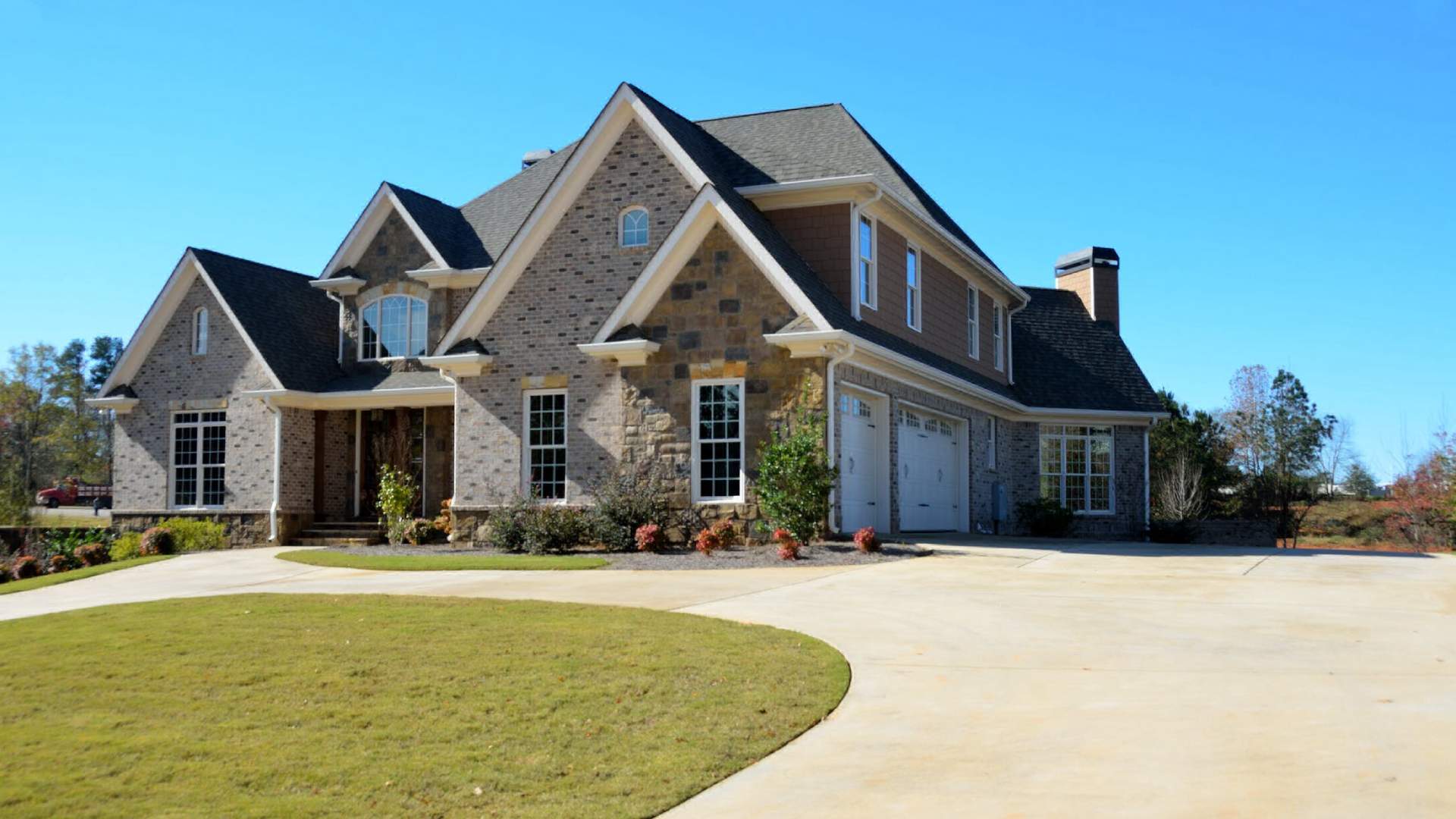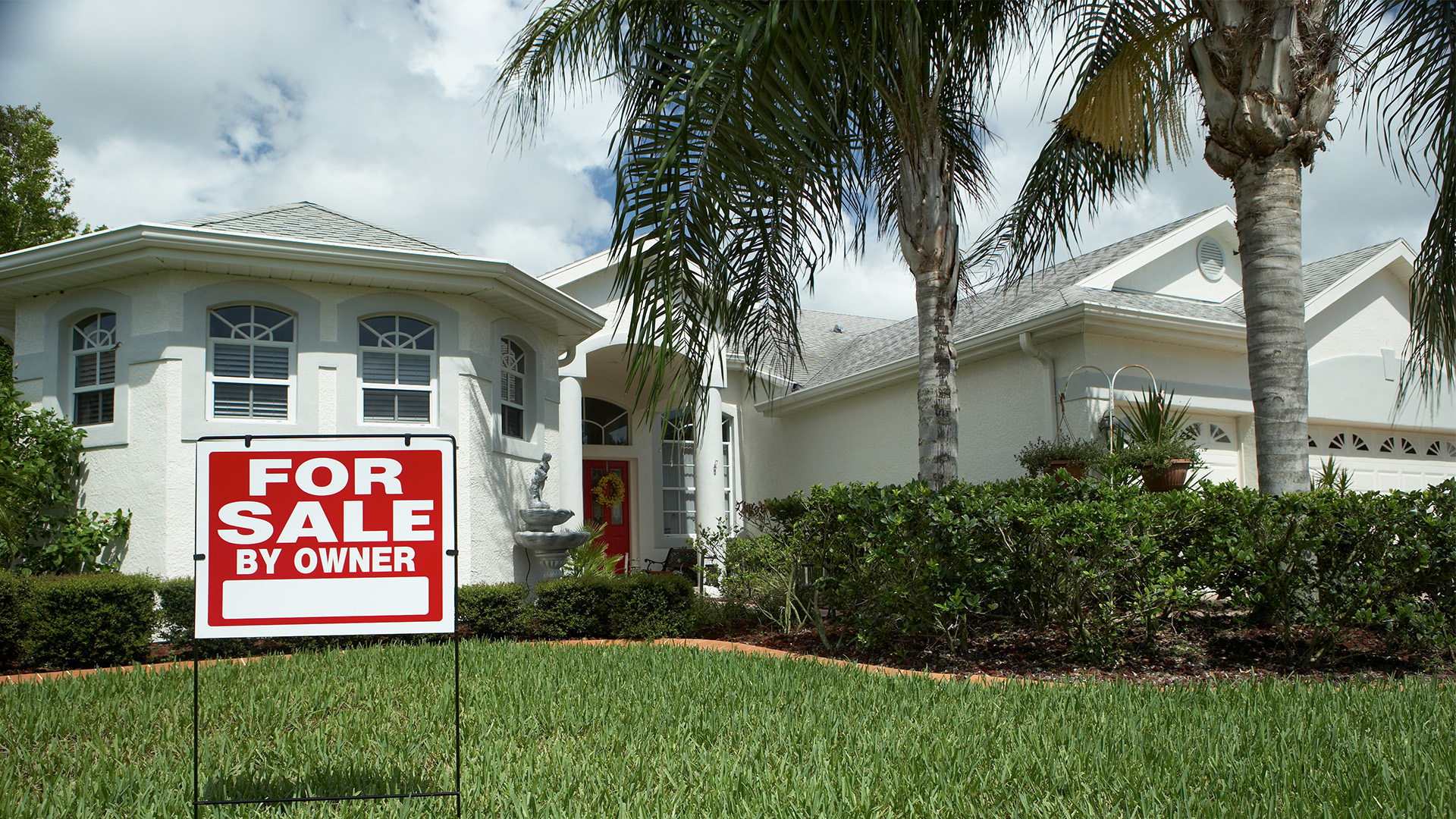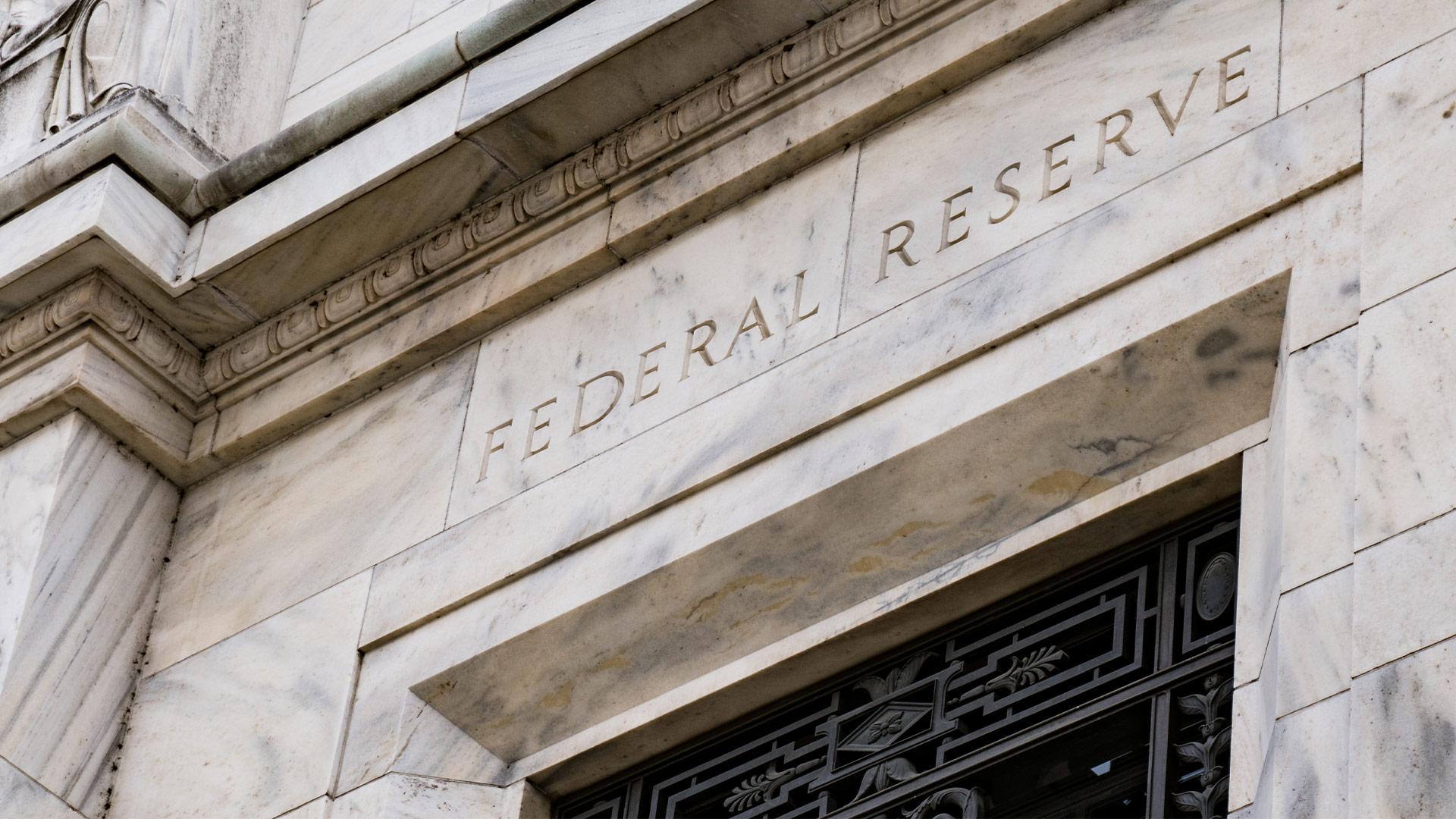
Out-of-pocket mortgage fees are optional
Mortgages always have closing costs, whether you’re buying a home or refinancing. But you don’t always have to pay them out of pocket.
You get to choose how your home loan is structured.
You could take your lowest rate and pay closing costs on your own dime. Or you can ask your lender to cover closing costs and pay a slightly higher interest rate.
These “no-closing-cost” mortgages aren’t always a good deal because a higher rate means you pay more in the long run.
However, today’s mortgage rates are so low that many borrowers can get the lender to cover their fees and get an ultra-low rate.
Find a no-closing-cost mortgage (Feb 19th, 2021)In this article (Skip to…)
- What is a no-closing-cost mortgage?
- Types of no-closing-cost loans
- No-closing-cost refinance
- No-closing-cost vs. ‘rolled’ closing costs
- Zero-cost loans from a broker
- Mortgage rates with no closing costs
- Tips to get a lower no-cost rate
What is a no-closing-cost mortgage?
A no-closing-cost mortgage or no-closing-cost refinance isn’t exactly what it sounds like. There are still closing costs. You just don’t pay them yourself.
What a no-closing-cost mortgage really means is that the lender covers part or all of your closing costs. In exchange, you pay a higher interest rate. The lender’s extra profit from your higher rate repays your closing costs in the long run.
Lenders can cover some or all of your closing costs in most cases, including loan origination fees, appraisal fees, title search and title insurance fees, and prepaid taxes and insurance.
Depending on the lender, a no-closing-cost mortgage loan can also be called a:
- Zero-cost mortgage
- No-cost mortgage
- Lender credits
- Rebate pricing
- Lender-paid closing costs
All these terms refer to the same arrangement, where you’ll pay a higher interest rate in order for the lender to cover closing costs.
This is no free lunch — if you keep the loan for a long time, you could end up paying more via the higher interest rate than you would have paid in upfront closing costs. So you should think about how long you plan to keep your new loan before deciding on a no-closing-cost refinance or home purchase loan.
However, if you’re ready to buy a home or refinance but don’t have the upfront cash, a zero-cost mortgage can be a smart way to lock in at today’s low rates without having to wait and build your savings up.
Check no-closing-cost mortgage rates (Feb 19th, 2021)Types of no-closing-cost home loans
There are several ways to structure a no-closing-cost loan. A lender might cover all your upfront fees or only select closing costs.
The amount and type of closing costs your lender absorbs will affect your interest rate, so it’s important to compare offers on equal footing.
To compare zero-cost offers, make sure each lender covers the same items. For example:
- The mortgage lender covers lender fees but the third-party expenses or prepaid items (upfront property taxes and homeowners insurance)
- The lender covers lender fees third-party charges, but prepaid items
- The mortgage lender absorbs everything, including loan costs and prepaid expenses
A lender that covers all three parts of your closing costs will likely charge a higher rate. Conversely, a lender that charges a lower rate is likely only covering its own fees, not fees from the appraiser, title company, or escrow service.
No-closing-cost mortgage example
For example, your various rate and fee options might look like this:
- 2.750% rate — The borrower pays all closing costs, including lender fees, third party fees, and prepaid costs
- 2.875% rate — The borrower pays lender fees, but does pay third party costs and prepaid costs
- 3.250% rate — The borrower pays lender or third party charges, only prepaid costs
- 3.50% rate — The borrower pays nothing out of pocket whatsoever
None of these options are good or bad. Borrowers should understand that lower rates cost more upfront, and higher rates cost less upfront.
To be able to pay your closing costs, lenders increase your interest rate and use the extra profit from the loan to pay your costs.
It’s up to you to decide if the upfront savings are worth the higher interest rate and payment.
No-closing-cost refinancing
A no-closing-cost refinance can be a particularly good idea because it eliminates the one big drawback to refinancing — the upfront cost.
For this to work, however, your new interest rate needs to be low enough that you can accept a slight rate increase and still see your desired savings.
A higher interest rate will result in a higher monthly payment and a bigger long-term cost. So before using a no-cost refinance, you should check the numbers and determine:
- Will your monthly payments still be reduced at the no-closing-cost mortgage rate?
- How long do you plan to keep the mortgage before moving or refinancing again?
- How much will you have paid in interest by the time you sell or refinance? Is this amount higher or lower than paying closing costs upfront?
The point at which the added interest cost starts to outweigh your savings is the “break-even point.”
With a no-cost mortgage refinance, you’ll likely want to move or refinance again you hit the break-even point.
Of course, if you need lower mortgage payments because your monthly budget is too tight, the higher long-term cost might not matter as much. You might be happy with the month-to-month savings and lack of upfront fees.
As always, the right mortgage refinance strategy depends on your current loan and your personal finances.
When you’re shopping around, you can ask lenders for offers both with and without closing costs to compare your potential interest rates and long-term costs.
No-closing-cost vs. ‘rolled’ closing costs
A zero-cost loan isn’t the only way to eliminate closing costs when you refinance. Most homeowners also have the option to roll closing costs into their new loan balance.
Rolling closing costs into your loan is the same as a no-closing cost refi.
By rolling in closing costs, you increase your mortgage amount, which means you’ll pay more interest in the long run. But your actual interest rate stays the same.
Compare that to a no-closing-cost mortgage refinance, which keeps your the same but increases your rate.
There are pros and cons to each strategy.
Keeping your lower interest rate by rolling closing costs into the loan might save you more on interest. But it also increases your loan-to-value ratio (LTV), which could impact your refinance eligibility or your ability to cancel private mortgage insurance (PMI).
Your refinance options also depend on the type of loan you have.
For instance, FHA and VA Streamline Refinance loans only allow borrowers to include upfront mortgage insurance fees in the loan amount. All remaining closing costs need to be paid out of pocket.
Note, including closing costs on the loan balance is only an option when you refinance — not when you buy a home. But you get a no-closing-cost loan with a higher interest rate when you purchase real estate.
The right no-cost option depends on your particular mortgage.
You can compare both options when you’re shopping for refi offers to see which makes more sense for your financial situation.
Compare no-closing-cost mortgages (Feb 19th, 2021)Getting a zero-closing-cost loan from a mortgage broker
A no-closing-cost loan looks a little different with a mortgage broker than it does when you’re working directly with a lender. That’s because the broker is an intermediary; they can help you negotiate the rate and terms of your loan, but they don’t control the end lender’s pricing.
However, a no-cost loan is still possible via a mortgage broker. You just need to know how they work.
Mortgage brokers collect a yield spread premium, or YSP, as payment to work on your loan.
The end lender pays this fee to the mortgage broker for delivering your loan. The YSP is the mortgage broker’s profit.
Knowing this, you can request that the broker use the YSP to engineer your no-cost home loan.
For instance, a broker getting paid a 1% YSP by the lender need not charge the borrower an origination fee. In this case, the YSP can save you one percent of your loan amount in out-of-pocket costs. A broker getting 2% YSP can cover even more of your closing costs.
When comparing no cost loans between mortgage lenders and brokers, ask for the same structure from each.
In other words, ask them all for offers with no lender fees. Third party costs like appraisal, credit report, title and escrow and recording fees should be fairly similar. Your taxes and insurance should be the same regardless of which lender you choose.
This allows you to look at just one variable: the interest rate.
Mortgage rates with no closing costs
The downside to a no-closing cost mortgage is that you’ll pay a higher interest rate. Even a slight increase in your rate can cost you thousands more over the life of the loan.
However, you should consider the interest rate increase in perspective.
Today’s rates are at historic lows. And that means many borrowers can accept a slightly higher rate while still ‘saving’ compared to homeowners who bought or refinanced a year ago or more.
Imagine you’re offered a 30-year fixed mortgage rate of 2.875%. Your lender is willing to cover closing costs but will increase your rate to 3.5%.
That’s a big increase compared to your original rate offer. But 3.5% is still less than the historic average for 30-year rates — and it’s less than most borrowers would have paid any year prior to 2020.
Yes, you should get the lowest rate you can to save money in the long run. But if a no-closing-cost loan is your only route to homeownership or refinancing, it’s not a bad deal.
The important thing is that you’re aware of the tradeoff between zero upfront costs and bigger long-term costs so you’re certain you’re making the right decision.
Tips to lower your no-cost mortgage rate
The lower your initial mortgage rate is, the lower your no-closing-cost mortgage rate will be.
To get a no-cost mortgage loan a low rate, try to present a strong mortgage application. You’ll typically get a lower interest rate if you have:
- A credit score above 720
- A clean credit report with no late payments
- A debt-to-income ratio (DTI) below 43%
- A loan-to-value ratio (LTV) below 80% (meaning you have at least 20% home equity)
Additionally, refinancing with at least 20% equity (or buying a home with 20% down) can help you avoid private mortgage insurance (PMI) or FHA mortgage insurance premiums (MIP).
Eliminating mortgage insurance costs can go a long way toward reducing your monthly payment and making up for the increased interest rate on a no-cost loan.
But perhaps the most powerful way to lower your rate is to let lenders compete for your business. Get two or three quotes. Send the quote with the lowest rate and fee combination to one of the other lenders. See if that lender can beat it.
You may end up getting much of your closing costs paid for get close to the full-closing-cost rate.
What are today’s mortgage rates?
Purchase and refinance rates are still at historic lows. Many home buyers and homeowners can get the lender to cover their upfront costs and secure a great interest rate.
Make sure you compare no-cost offers from a few different lenders if you want to go this route. Check that each one is covering the same closing costs so you can make an apples-to-apples comparison of upfront costs and interest rates.
Verify your new rate (Feb 19th, 2021)



